|
|||||||||
|
|
The Role of Women World War 1
Women played very important roles during World War 1, primarily as support personnel. Very few saw actual combats. 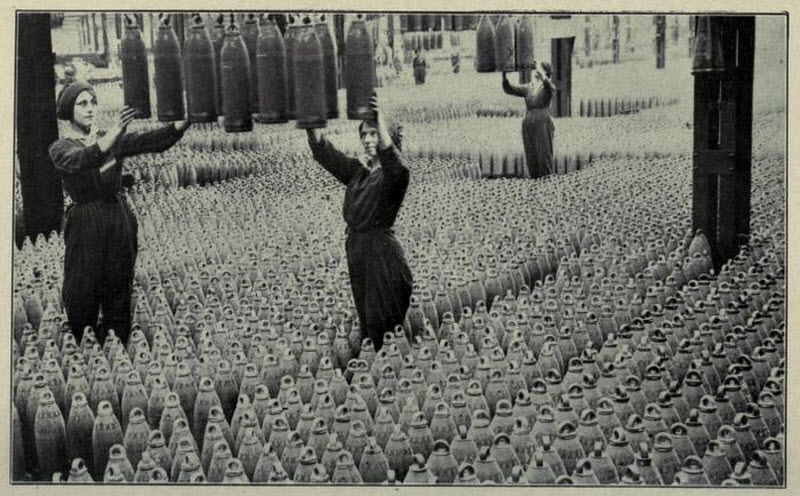
British Women Working in a Munitions Factory During World War 1 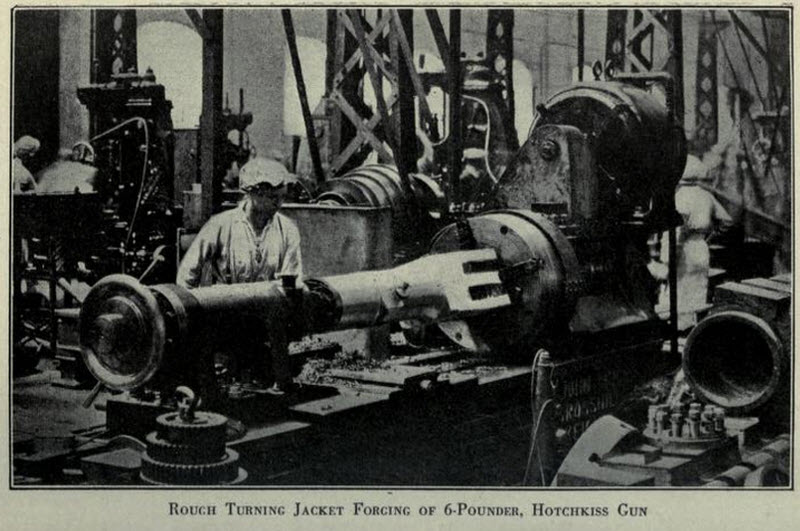 A Woman Building an Artillery Piece
A Woman Building an Artillery Piece
World War 1 was the first modern war employing the concept of total war. Almost all able bodied men of military age on both sides of the conflict were conscripted and sent to fight; a notable exceptions were Japan. which did not participate in a lot of the fighting, and the United States, whose late entry in the war meant that most of its potential manpower reserve was not committed before the war ended. However, for France, Germany and Britain, maintaining large armies on various fronts created economic and social pressures at home. 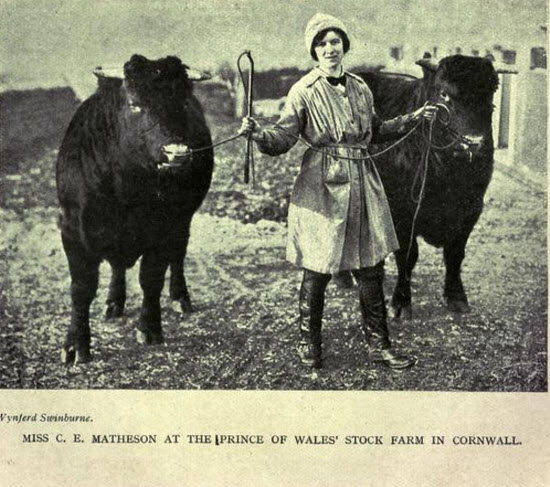
A Woman Working as a Farm Hand During World War 1 Prior to World War 1, the industrial work force consisted primarily of men. When these men were sent to the front, there was a shortage of personnel to work in factories. Most crucially, the combatant nations needed to staff the armament factories that built the weapons and ammunition for the soldiers on the front lines. These vacancies were for the most part filled by women, who entered the paid work force like never before. 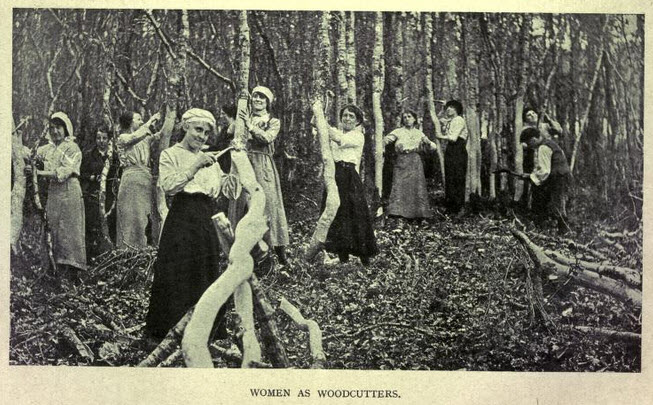
Female Woodcutters -- An Example of the Vital Role Played by Women on the Homefront. During world war 1 thousands of women were employed in German, French and British factories producing everything from bullets to airplanes. In some cases women took on this employment out of a sense of patriotic duty, to help the national war effort. However in many cases their entry into the work force was driven by economic necessity, often due to the need to replace their husband's especially if he had been killed or taken prisoner. Women also entered the industrial work force in the United States, also to fill the gap created by men being deployed to the front. When the war ended the majority of these women lost their jobs, which were given back to the men. 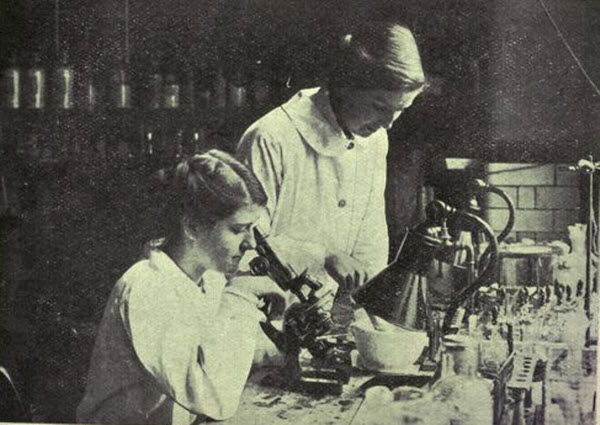
Women Working in a Pathology Lab in a British Military Hospital During World War 1 The participation of women in what had traditionally been male dominated fields contributed to changing attitudes towards women and their abilities, as well as a growth in confidence and roles among women themselves. Their contribution to the war effort may have contributed to women getting the right to vote in Britain, America and Canada not long after the war, as there was shift in attitude concerning the role and abilities of women. However the effect of women's role in World War 1 on the suffragette movement is debated by some historians. 
Miss Dorothy Ravenscroft, a high society British woman whose pre-war experience as a sports woman and avid rider, led to her being entrusted with the running of a British remount depot where horses were rested and trained behind the front lines. Women also contributed to the war effort in more traditional ways. On the homefront, women worked on farms and planted gardens to help boost food production and many worked as volunteers to mend soldiers' socks and uniforms. In Britain the Women's Army Auxiliary Corps was created to mobilize "woman power" on the homefront. Women also helped boost morale and organize bond fundraising drives. 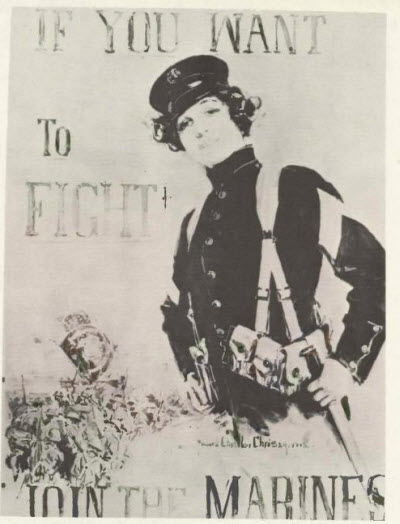
This American Recruiting Poster from World War 1 Encouraged Women to Join the Marines Very few women actually fought in the war, and those who did generally did so surreptitiously. For example, in 1914, British journalist Dorothy Lawrence disguised herself as a man and fought on the western front as a sapper. She was eventually discovered and alternatively accused of being a spy and a camp follower/prostitute. A Russian woman, Olga Krasilnikov, who did the same was treated better. After being wounded on the front lines she was decorated with the Cross of St. George. Another Russian woman Natalie Tychmini fought the Austrians and was found out when receiving medical treatment for wounds that she received. She was removed from the army but decorated with the Cross of St. George as well. 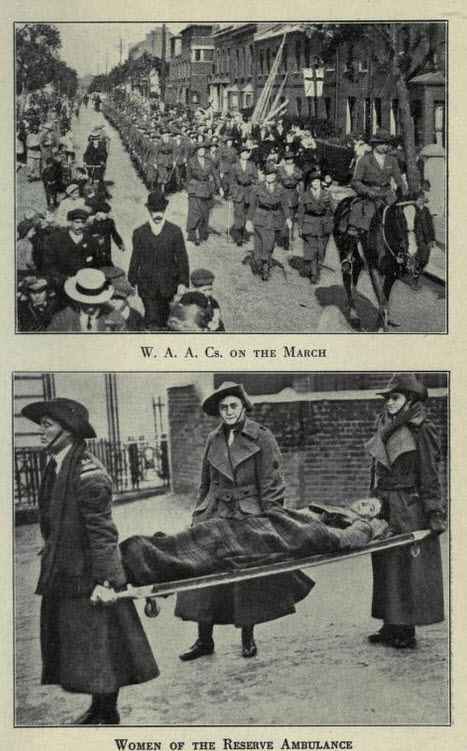
Women in the Women's Army Auxiliary Corps The most successful female soldier of World War 1 was Milunka Savic a Serbian woman, who, like the other women first joined the army disguised as a man but her sex was discovered after she was wounded in action. However she was allowed to remain with the in the army and openly fought in the Balkan Wars as well as World War 1 on behalf of the Kingdom of Serbia. She attained the rank of Sergeant and remains the most highly decorated female soldier in history having received a number of prestigious medals, including being the sole female recipient of the French Croix de Guerre. In one engagement she single handedly captured 23 Bulgarian soldiers. 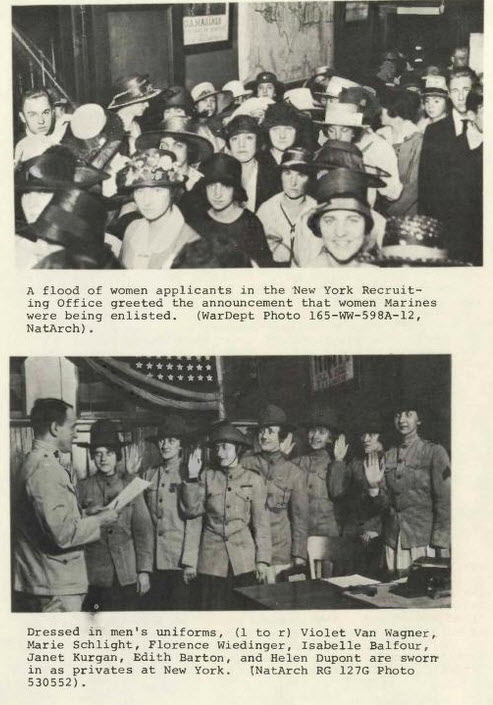
Several thousand women also served on both sides as nurses. In the United States, especially, women also served in administrative and support roles in the regular armed forces. A small group of women volunteers even enlisted in the United States Marine Corps. Although technically not combatants, many women were killed in action due to being deployed near the front lines. 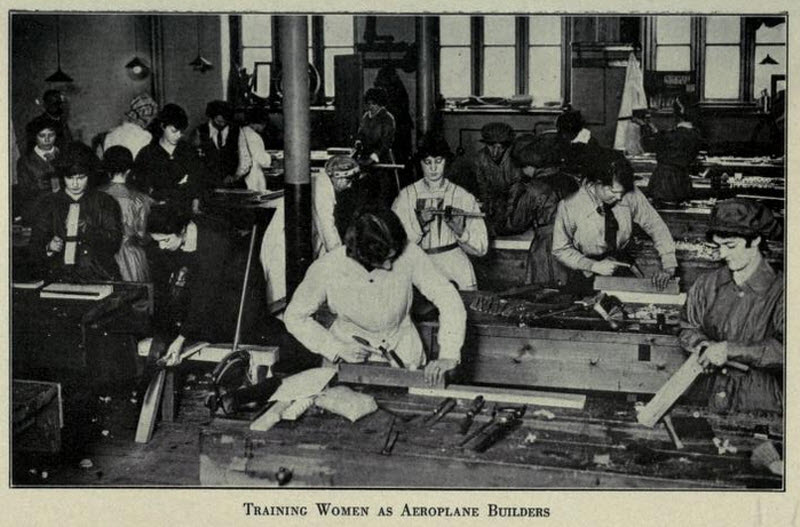
Today most of us who see these pictures of women working in factories or in uniform would not be shocked or surprised. It has become commonplace for women to work on assembly lines and to serve their countries. But during World War 1 these scenes represented a sea change in the role of women. Although the war was a very destructive event, it helped to liberate women from their traditional roles and to take their place as equal members of society. | ||||||||
